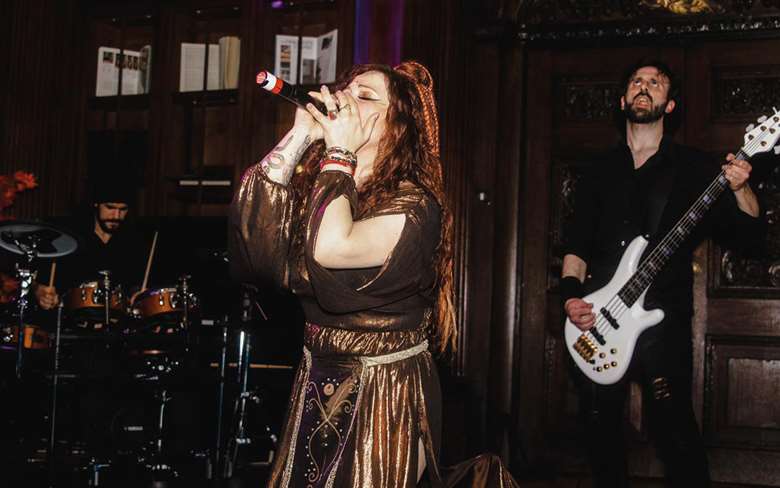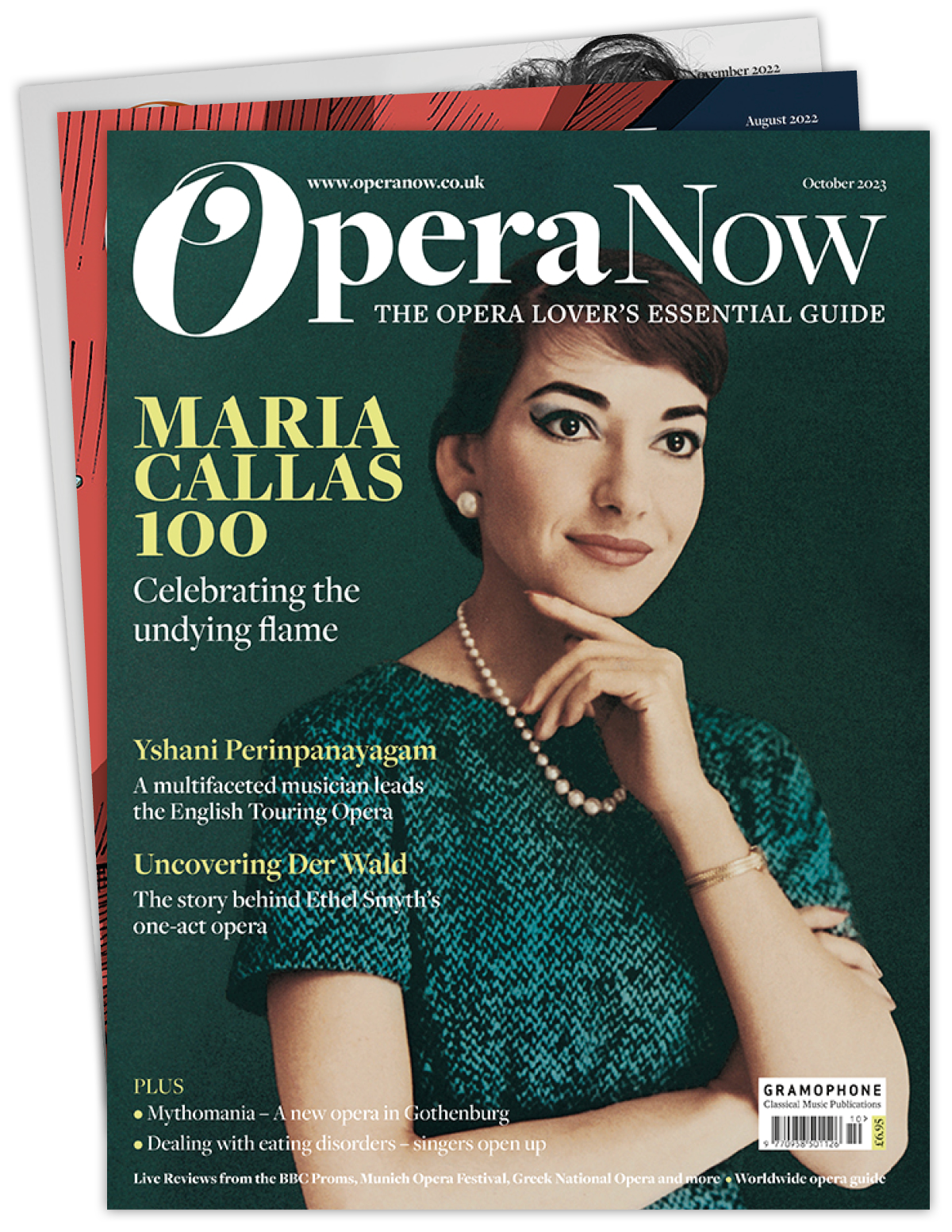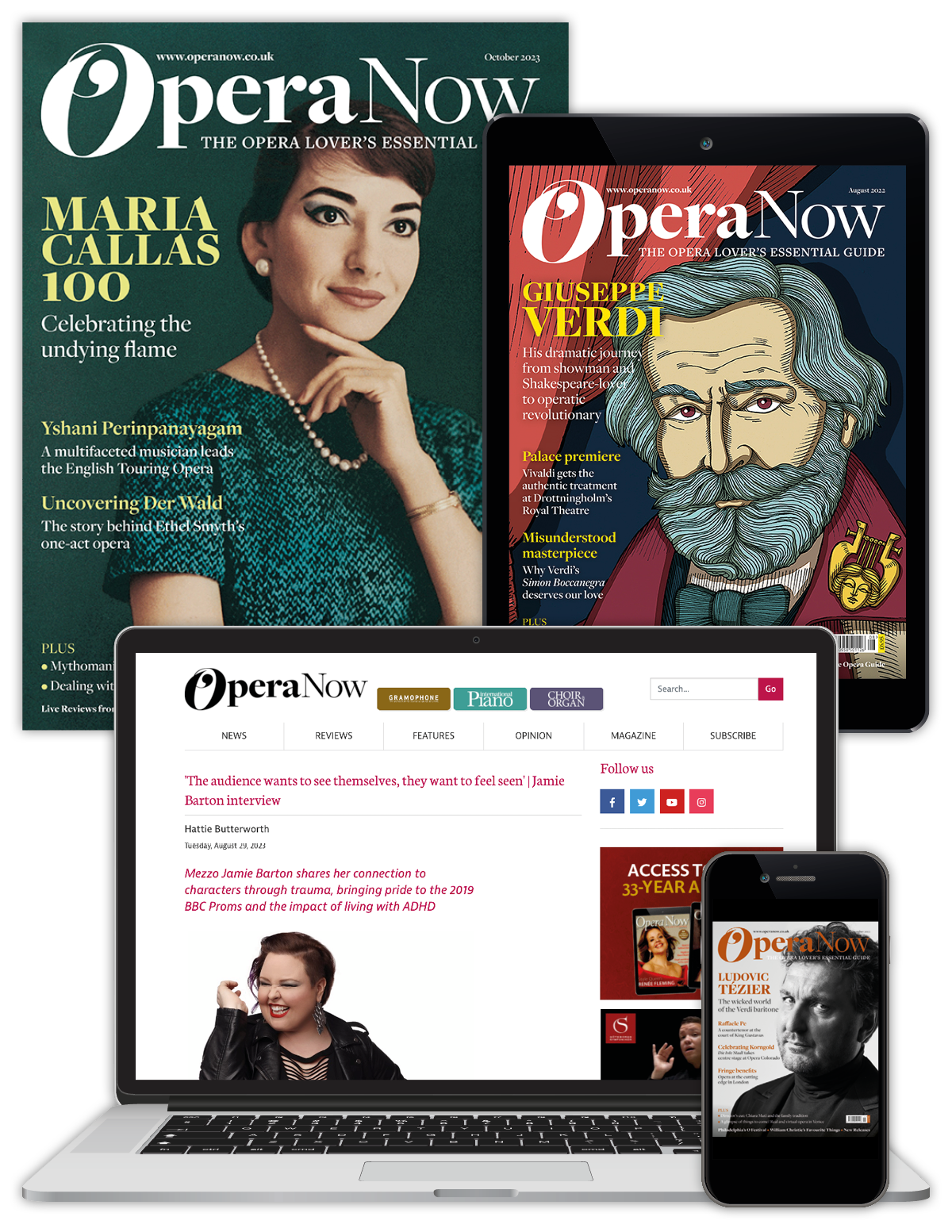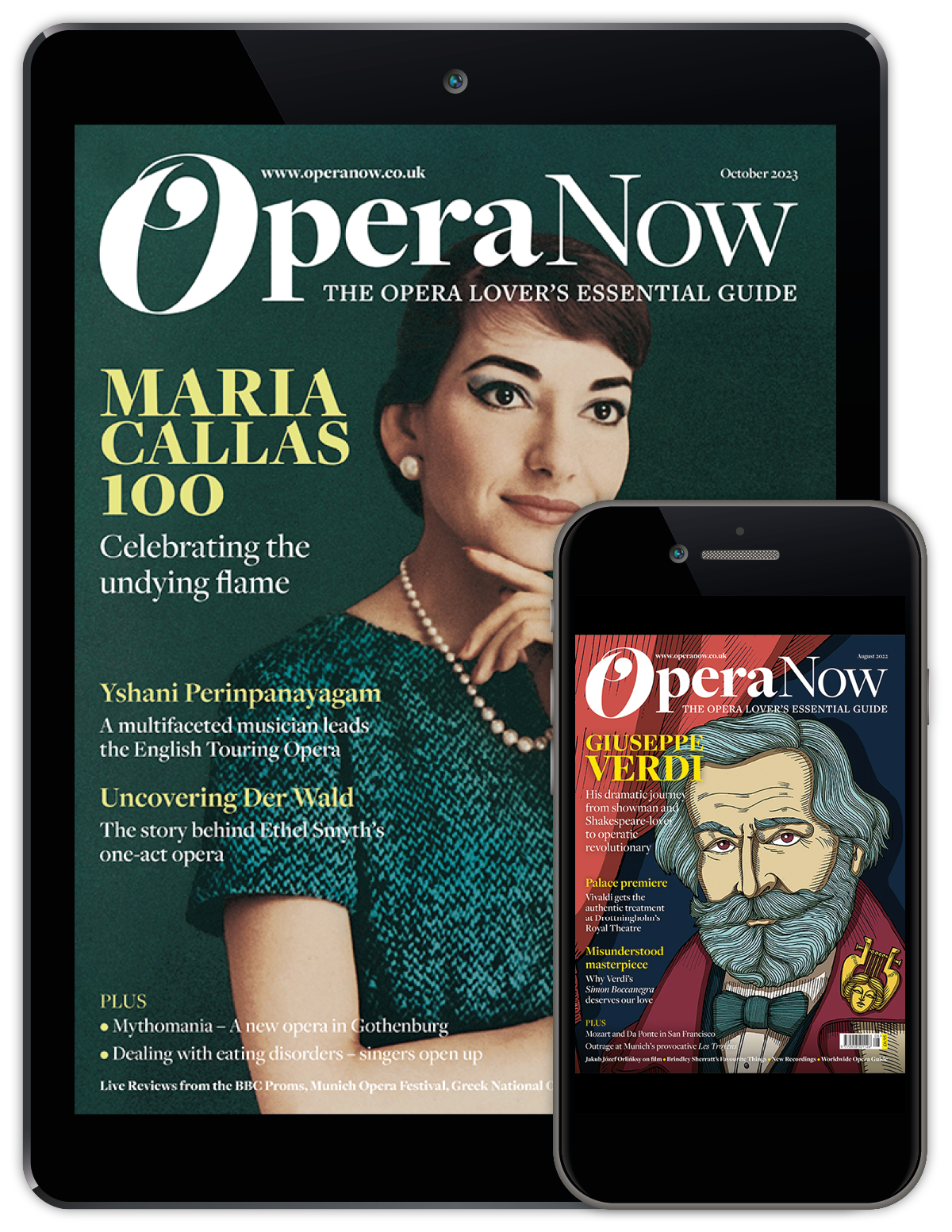When classical meets metal
Thursday, July 27, 2023
Yamaha London’s fusion event brought together rock, metal, opera and everything in between. By Lauren McQuistin. Photography by Miriam Demir/Yamaha London

Register now to continue reading
This article is from Opera Now. Register today to enjoy our dedicated coverage of the world of opera, including:
- Free access to 3 subscriber-only articles per month
- Unlimited access to Opera Now's news pages
- Monthly newsletter






